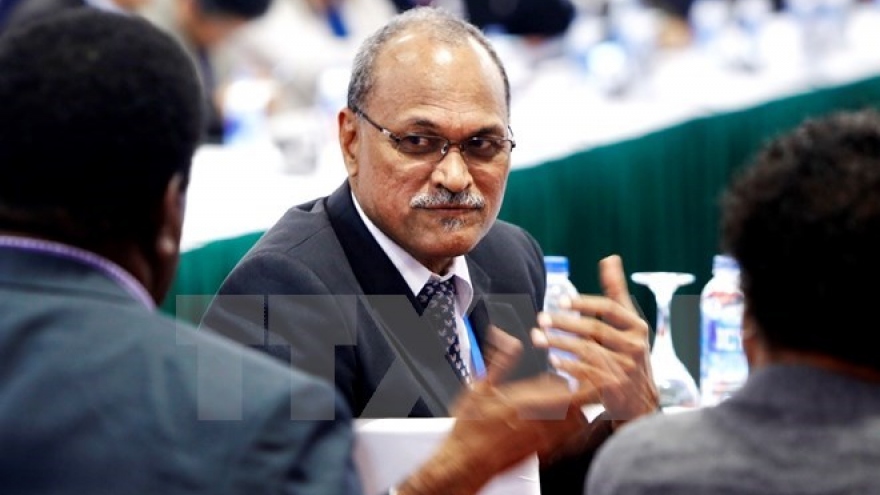APEC committee appraises trade, investment issues in Hanoi
The APEC Committee on Trade and Investment (CTI) commenced meetings on May 13, as part of the second APEC Senior Officials’ Meeting (SOM 2) and related meetings in Hanoi.
 |
They will also debate APEC’s contributions to the WTO’s 11th Ministerial Conference.
The delegates will give opinions on the schedule for the making of reports on the member economies’ progress in the realisation of the Bogor Goals, APEC’s post-2020 vision on trade and investment, the working plan for 2017 on the Asia-Pacific Free Trade Agreement, and the framework document on the facilitation of cross-border e-commerce.
During three working days, the CTI will also look into the connection of supply chains, including the implementation and supervision of the realisation of the second phase of the Supply Chain Framework Action Plan.
Other issues on the agenda include regional economic integration, trade connectivity and facilitation, and promotion of reforms in APEC.
In a preliminary report on the second phase of APEC’s progress towards the Bogor Goals, the APEC Policy Support Unit said from 1994 to 2014, the trading of commodities in the region grew by 7.8 percent annually on average to US$18.4 trillion in 2014. Notably, intra-APEC trade surged four times. Trade revenue in the service sector also posted an annual growth rate of 7.6 percent.
The region’s average most-favoured nation tariff fell by almost a half, from 11 percent in 1996 to 5.5 percent in 2014. The rate of products benefiting from zero-percent tariff rate in APEC increased from 27.3 percent in 1996 to 45.4 percent in 2014.
By the end of 2015, APEC member economies participated in 152 free trade agreements and regional trade agreements, 61 of them were inked between the member economies.-




